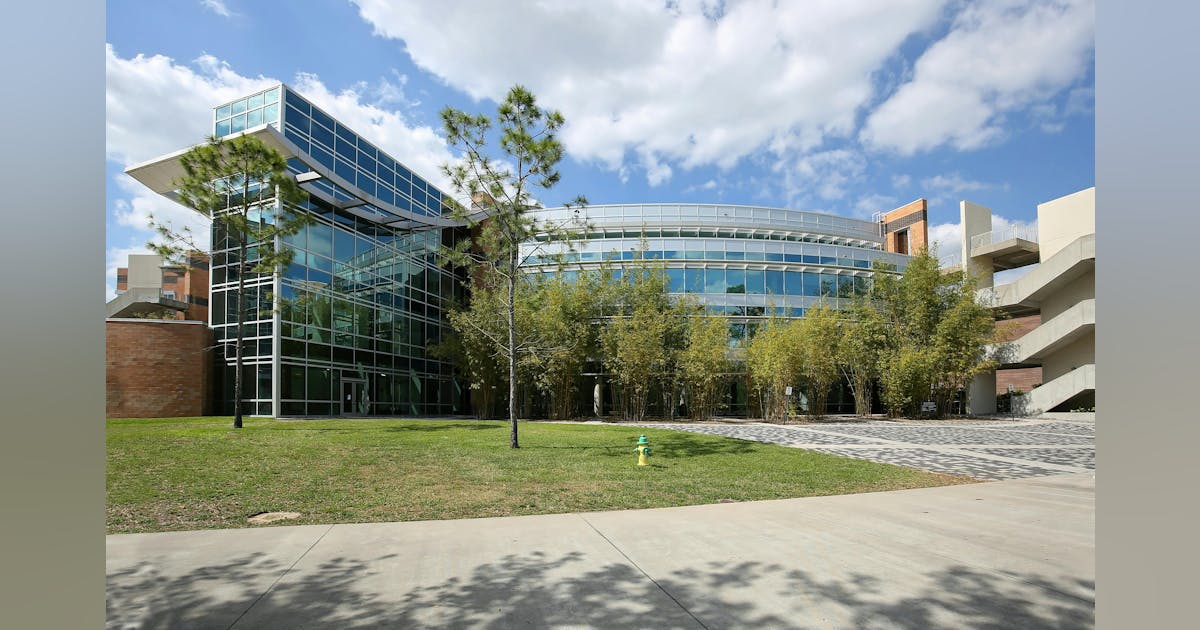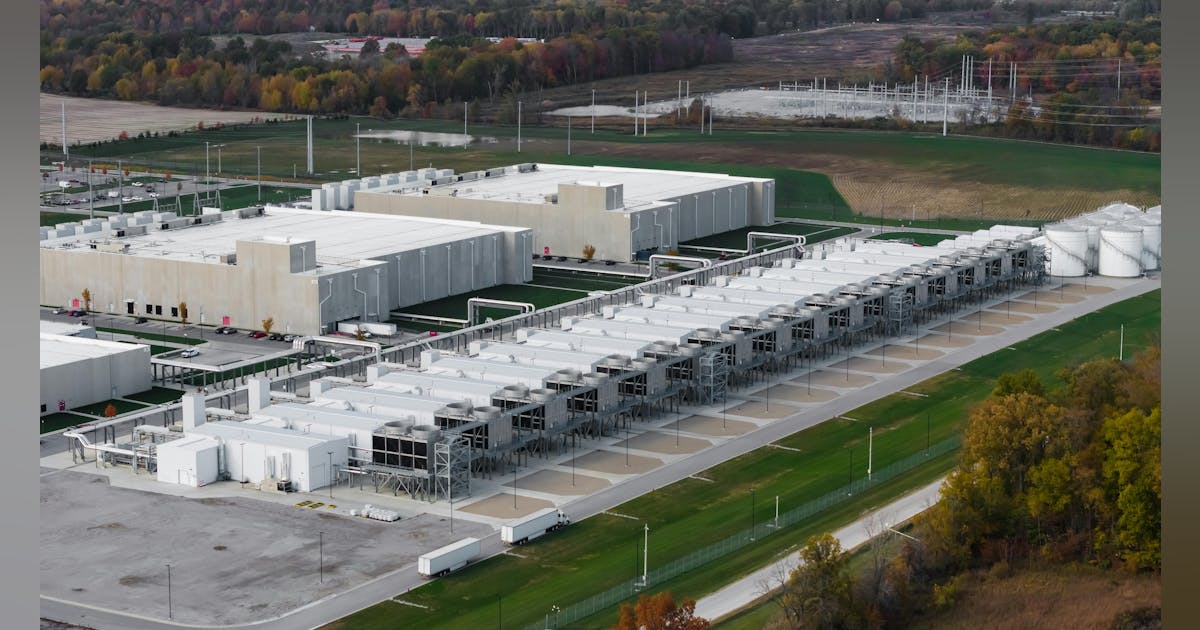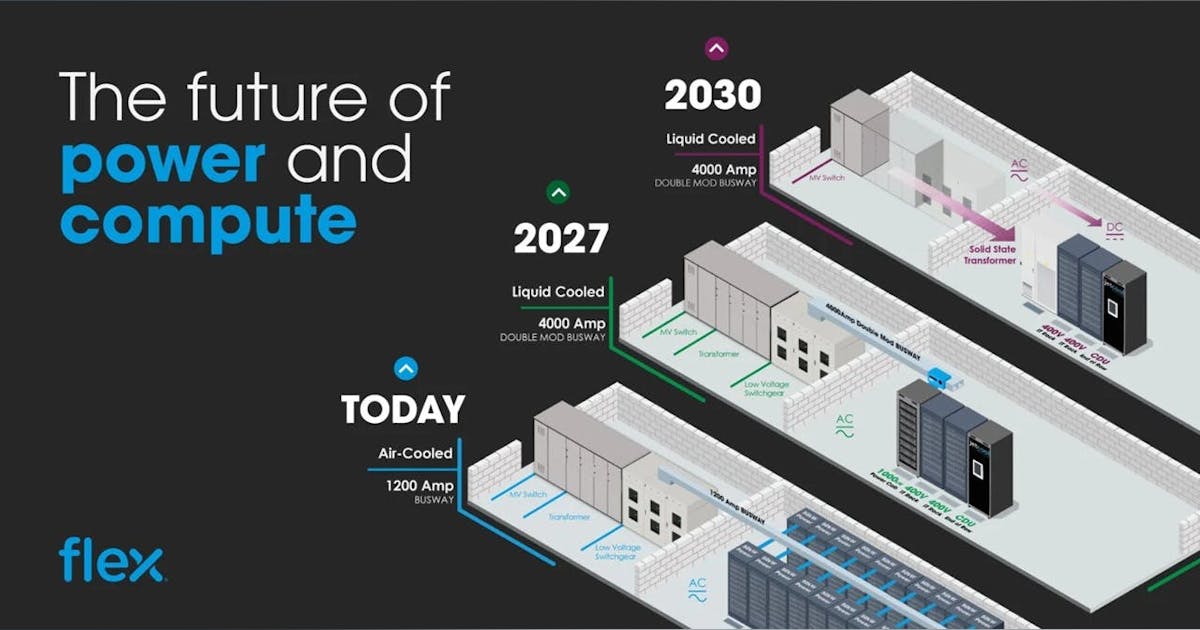
Florida is rapidly positioning itself as one of the next major frontiers for data center development. With extended tax incentives, proactive utilities, and a strategic geographic advantage, the state is aligning power, policy, and economic development in ways that echo the early playbook of Northern Virginia.
In the latest episode of The Data Center Frontier Show, Buddy Rizer, Executive Director of Loudoun County Economic Development, and Lila Jaber, Founder of the Florida’s Women in Energy Leadership Forum and former Chair of the Florida Public Service Commission, join DCF to explore the opportunities and lessons shaping Florida’s emergence as a data center powerhouse.
Energy and Infrastructure: A Strong Starting Position
Unlike regions grappling with grid strain, Florida begins its data center growth story with energy abundance.
While Loudoun County, Virginia—home to the world’s largest concentration of data centers—faced a 600 MW power deficit last year and could reach 12 GW of demand by 2030, Florida maintains excess generation capacity and robust renewable energy integration.
Utilities like Florida Power & Light (FPL) and Duke Energy are already preparing for hyperscale and AI-driven loads, filing new large-load tariff structures to balance growth with ratepayer protection. Over the past decade, Florida utilities have also invested billions to harden their grids against hurricanes and extreme weather, resulting in some of the most resilient energy infrastructure in the country.
Florida’s 10-year generation planning requirement, which ensures a diverse portfolio including nuclear, solar, and battery storage, further positions the state to meet growing digital infrastructure needs through hybrid on-site generation and demand-response capabilities.
Economic and Workforce Advantages
The state’s renewed sales tax exemptions for data centers through 2037—and the raised 100 MW IT load threshold—signal a strong bid to attract hyperscale operators and large-scale AI campuses.
Florida also offers a competitive electricity rate structure comparable to Virginia’s and a growing, tech-capable workforce. Leading institutions such as University of Central Florida, Florida Polytechnic, and Florida A&M/FSU College of Engineering are collaborating with business leaders and policymakers through the Florida Chamber of Commerce to align education with data economy opportunities.
For local governments, the appeal is clear: data centers generate four to six times more tax revenue per square foot than other commercial sectors while delivering durable, high-wage jobs.
Strategic Position and Market Dynamics
Florida’s geography is one of its most compelling advantages. As a digital gateway to Latin America and the Caribbean, the state’s proximity to subsea cables and international network hubs—especially around Miami—offers unmatched global connectivity.
Market interest is already emerging from both hyperscale and mid-tier developers, with AI workloads driving demand for inference nodes near population centers and training clusters in power-rich zones.
Rather than competition between states, the conversation is increasingly about how each region contributes to meeting unprecedented national demand. Florida’s leadership and utilities are studying the Northern Virginia model, emphasizing three pillars of readiness:
- Partnership between utilities and developers.
- Proactive government incentives.
- Predictable, fast-track permitting.
Localities across the state—from the Panhandle to South and Central Florida—are preparing accordingly, aligning zoning, land, and power access near transmission corridors.
What’s Next: A Market to Watch Closely
Industry insiders predict a major player will establish a large-scale presence in Florida within the next 9 to 12 months, with multiple data center campuses likely to follow. Fiber expansion, inter-utility coordination, and state-level collaboration are accelerating in anticipation of this next phase.
With renewable integration, talent alignment, and supportive regulation all converging, Florida’s data center potential is not theoretical—it’s imminent.























